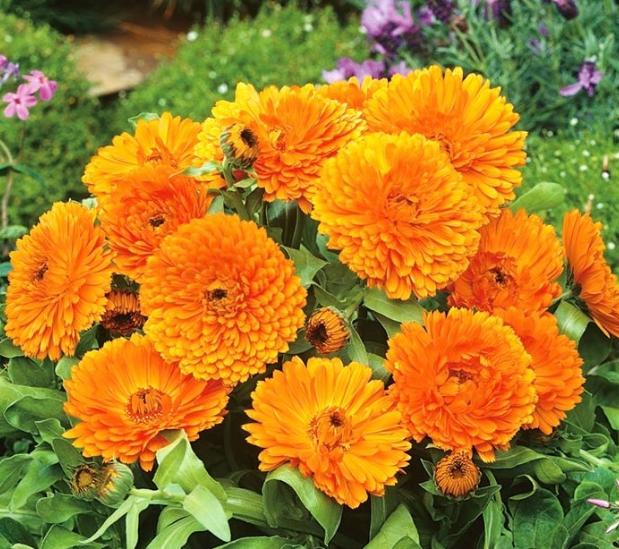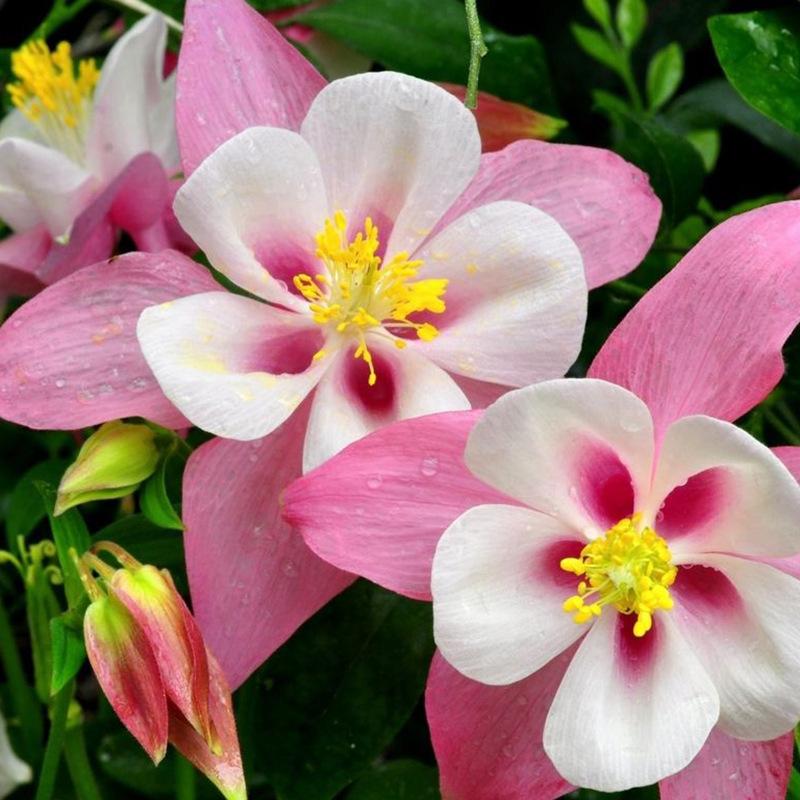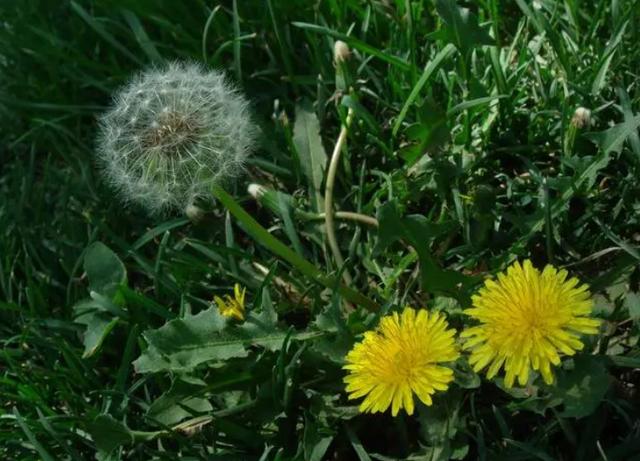Once upon a time, Sedum, a small succulent plant, lived in a desert. It dreamed of exploring the world beyond the vast sand dunes. One day, a gust of wind carried Sedum away, and it embarked on an unexpected journey. Sedum encountered diverse habitats, from lush rainforests to snowy mountains. Along the way, it formed symbiotic relationships with bees and butterflies, spreading beauty wherever it went. Sedum’s adventure taught it resilience, adaptability, and the importance of embracing new experiences. Eventually, it returned to the desert, sharing captivating stories with fellow plants, inspiring them to dream beyond their sandy home.
Picture
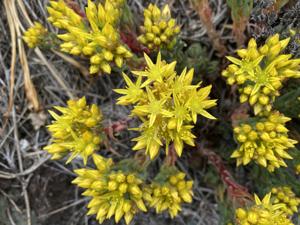
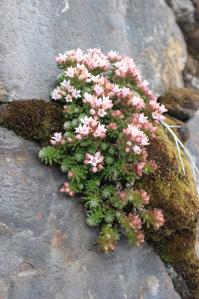
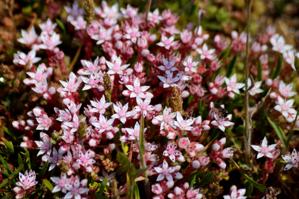
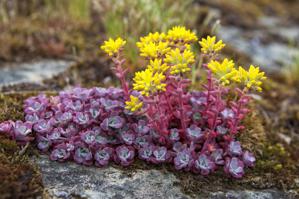
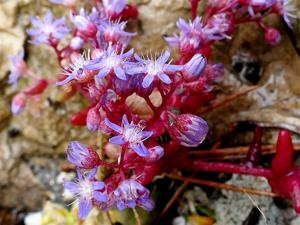
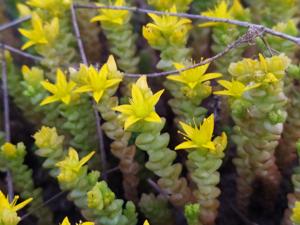
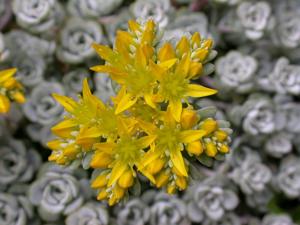
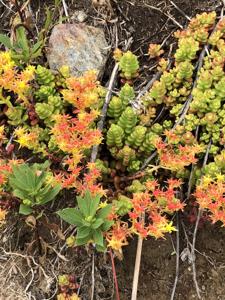
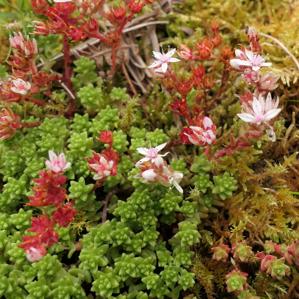
Plant some seeds now!
Multi-Colored Bachelor’s Button
Short Description
Floral diagram Sedum acre
Sedum is a large genus of flowering plants in the family Crassulaceae, members of which are commonly known as stonecrops. The genus has been described as containing up to 600 species, subsequently reduced to 400–500. They are leaf succulents found primarily in the Northern Hemisphere, but extending into the southern hemisphere in Africa and South America. The plants vary from annual and creeping herbs to shrubs. The plants have water-storing leaves. The flowers usually have five petals, seldom four or six. There are typically twice as many stamens as petals. Various species formerly classified as Sedum are now in the segregate genera Hylotelephium and Rhodiola.
Well-known European species of Sedum are Sedum acre, Sedum album, Sedum dasyphyllum, Sedum reflexum (also known as Sedum rupestre) and Sedum hispanicum.
Description
Sedum is a genus that includes annual, biennial, and perennial herbs. They are characterised by succulent leaves and stems. The extent of morphological diversity and homoplasy make it impossible to characterise Sedum phenotypicaly.

